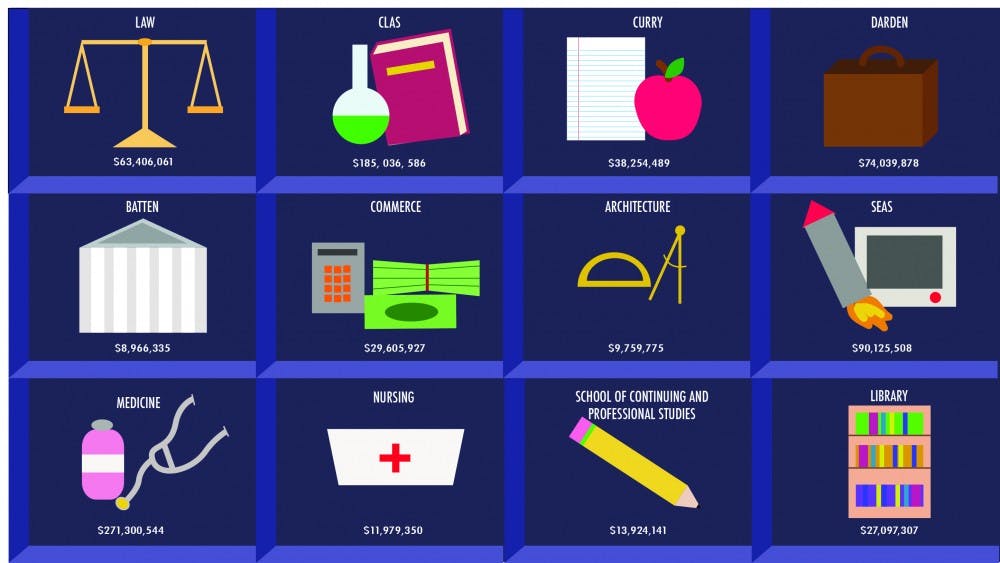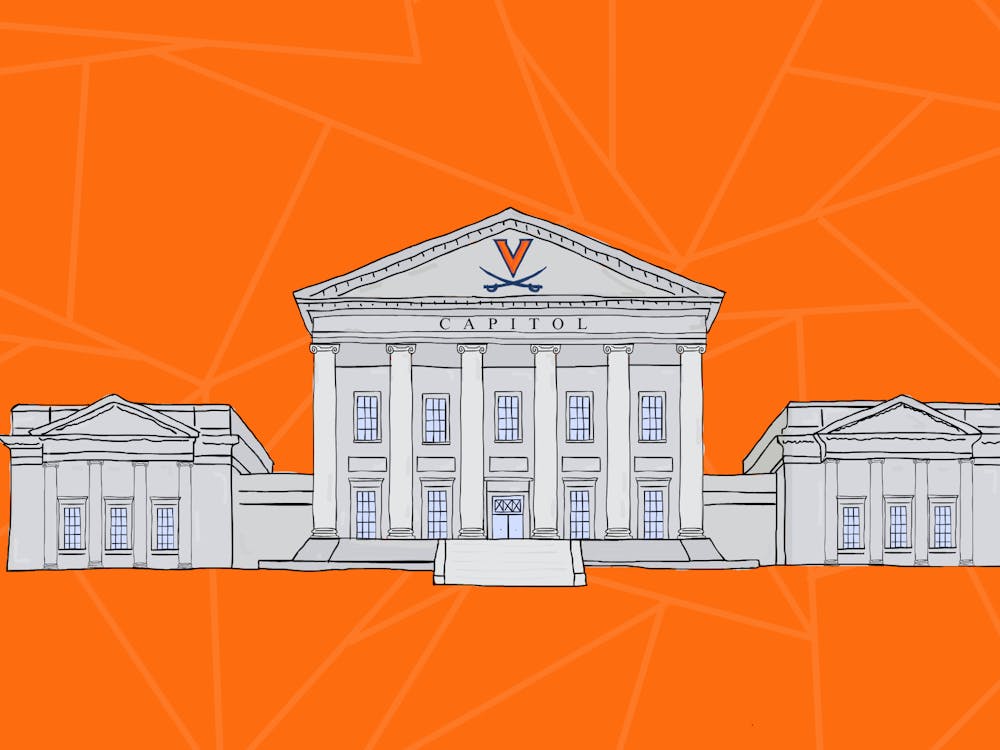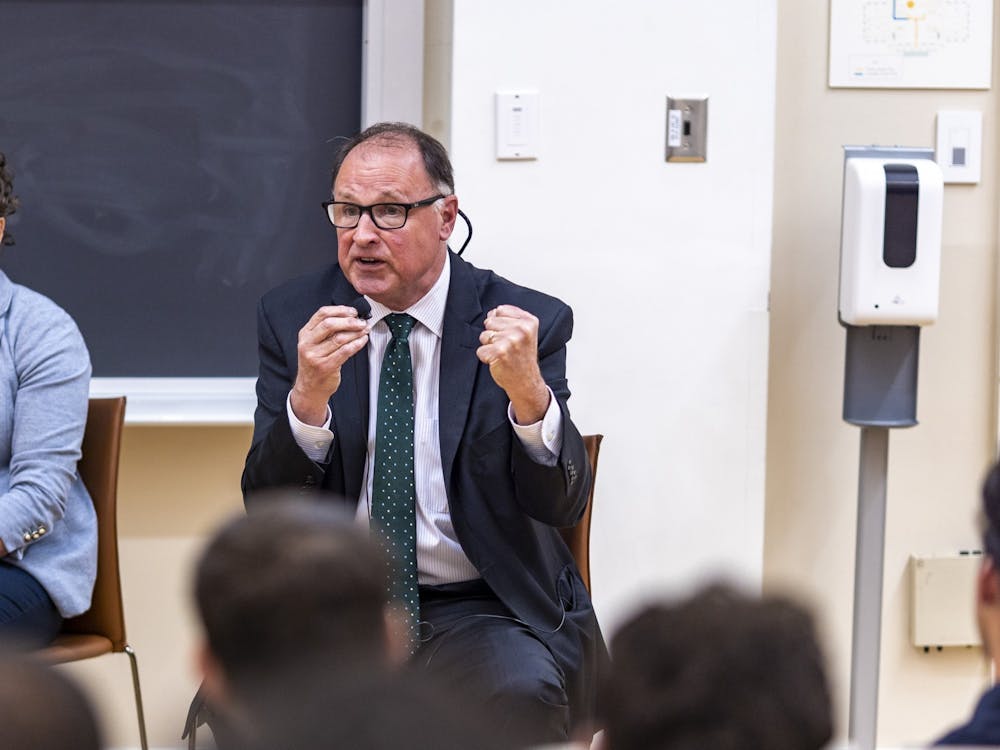The University is currently testing a new activity-based budgeting model intended to change the way schools and departments receive funding. The new system aims to make funding more responsive to the specific costs and revenues associated with particular activities — such as starting a new course offering.

One of the main changes will be an alteration in the way the money from students’ tuition is allocated to various schools and departments. Enrollment will now play a much more direct role on the allocation of funding to schools for course offerings, University spokesperson McGregor McCance said in an email.
“Historically, there has been no direct relationship between enrollment in a school and the budget they receive,” McCance said. “Tuition has been booked centrally and the pool of tuition and state appropriations has been allocated to schools and administrative units based on those units’ needs and on institutional priorities.”
Those working on the new model are approximating 25 percent of a student’s tuition dollars will automatically go to the school in which they are enrolled. The other 75 percent would be distributed according to the courses they sign up for. As an example, the tuition dollars of a College student taking a course in the Commerce School would be distributed between the College and the Commerce School.
The exact percentage is subject to change before the model is formally implemented, however, and it might change from year to year afterward, said Mark Hampton, assistant vice president for budget and financial planning.
The new model will make schools and departments accountable for their expenditures, said University President Teresa Sullivan. Under the existing model structure, the University pays for upkeep and maintenance costs — like utility bills — and individual schools have no motivation to reduce these costs. “[But now], if a dean turns off the lights, conserves energy, [the new model] will transfer some of the benefits to the deans,” Sullivan said.
By tracking both the expenditures and rates of enrollment in certain classes, this new budget model aims to allow a greater awareness of the financial condition of departments and schools across the University.
“I think the model is a very positive thing,” said Robert Bremer, associate dean for management and finance at the Engineering School. “It would provide us greater transparency in understanding how what we do drives resources to the Engineering School.”
Hampton said this increased financial transparency could help to encourage and reward innovation in the University.
“If a school decides its going to take a new academic program right now and that new academic program generates a lot of tuition, the current budget model doesn’t have a way of returning the revenue associated with that,” Hampton said. “And what that led to was the school not being particularly innovative because they bore the cost of innovation without any of the return on the innovation.”
McCance also said the model could help encourage new interdisciplinary courses and programs, since even courses which pull resources across schools can split the costs and revenues more easily.
An enrollment-based budget model will also shine a new light on small departments with low course enrollment.
“They are going to be on notice that they are being subsidized, and that is OK,” Hampton said of departments with low course enrollment. “A great university requires some internal cross-subsidization, and that’s a fact. It already goes on now, and the only thing the model is doing is putting numbers on something everybody already knows.”
Sullivan said the new system will also encourage departments to identify reasons for low enrollment rates.
“There’s all kind of reasons why a course is not popular, I think professors and deans should continue to address those factors,” Sullivan said. “Does it meet at 8 a.m., or have an extensive number of prerequisites? … Because of the greater transparency of the model, people will see what’s happening.”







